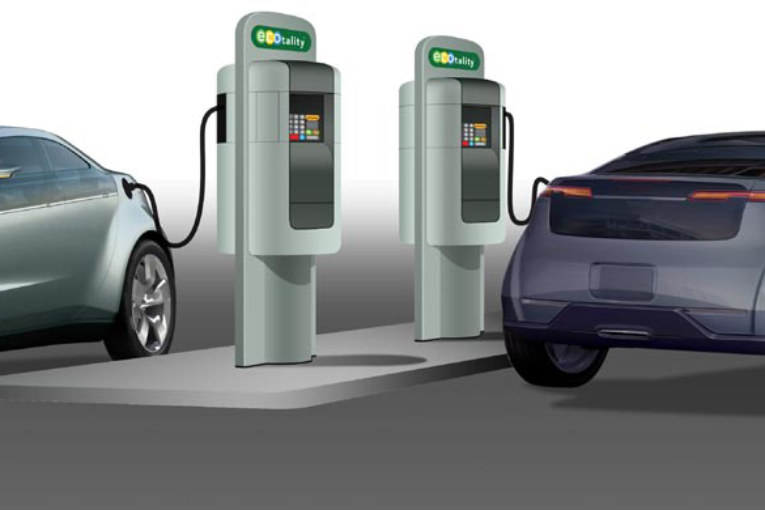Volvo, the Swedish automaker, is on the verge of deploying a groundbreaking new method of producing its latest electric vehicles. Volvo is incorporating a method known as “large-scale casting” into its auto-making process as part of a USD 1 billion investment in its assembly factory in Torslanda, Sweden. This means that what used to require countless individuals or machines to build massive panels and floorboards for a car may now be completed in a single rapid operation.
Volvo refers to mega-casting as a method of simplifying the car-building process. The ultimate try replacing many small pieces with a single large metal casting, leading to easier manufacturing as well as greater design & production flexibility. This implies less welding, assembly, and room for error while putting together a car.
The floor of Volvo’s forthcoming electric vehicle series is one example of a piece that will be created using mega-casting. Due to the sheer size of the car floor, Volvo will have to employ exceptionally big molds that work at extremely high pressures.
While Volvo hasn’t shared its secret sauce for mega-casting, the die-casting technique is essentially the same for any metal or, in the case of injection molding, polymers. In this scenario, molten metal is immediately pressed into a reusable mold under pressure. In Volvo’s case, the liquid metal subsequently runs into crevasses and channels, finally becoming what that part could look like—in Volvo’s case, a big piece of a vehicle.
Once the metal has hardened into shape, the item is removed and treated with water to completely cool before being finished. Volvo eliminates undesired surplus material left over after the production process and conducts various additional operations required to make the item usable in the assembly of a car using high-power lasers. Once completed, the item could be used in the vehicle’s final assembly or returned to a foundry to be simply reused and cast again if any flaws are discovered.
Volvo is able to fundamentally rethink comprehensive vehicle design using this production approach in conjunction with electric motors and batteries. According to Mikael Fermér, the principal engineer behind Volvo’s mega-casting, adapting a platform to a certain car is as simple as manufacturing a new casting. For example, transitioning from a front-wheel-drive subcompact (such as a Toyota Yaris, Ford Fiesta, or Mini Hatchback) to a larger 3 vehicle would simply require a different floor casting to construct the underpinnings.
The solitary casting also contributes to the vehicle’s structural rigidity. The chassis rigidity is substantially increased when combined with battery packs. This means the vehicle will be more agile and may fair well in an accident.
Volvo claims that their mega-casting technology also contributes to a lower environmental impact during the production process. But, more crucially, it contributes to lowering the environmental effect of its vehicles once they depart the assembly facility.
Electric vehicles are typically heavier than gas-powered vehicles, and because Volvo is employing this approach to produce its EVs, it may also be used to assist in decreasing non-tailpipe pollutants produced by heavier vehicles. Lowering vehicle weight not only results in a more economical vehicle that uses less energy when driven, but it also reduces non-exhaust pollutants from tires, brakes, and pavement surface wear, which is typically worsened by large electric vehicles.
